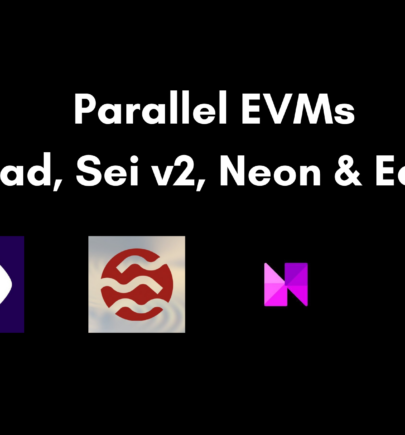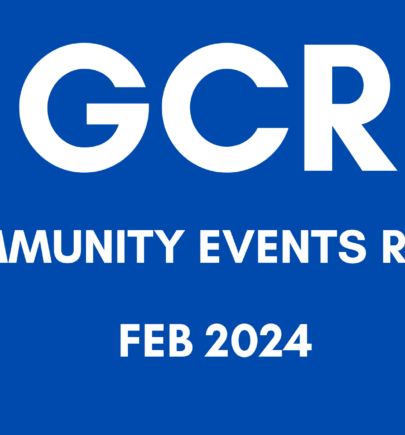GCR Article Submission Guidelines
Submission Guidelines
To produce the best quality article for GCR, a contributor must follow these submission guidelines.
The Big Picture
- Keep it relevant: Submissions must be directly, and explicitly tied to Web3 and associated topics (e.g. blockchain technology, cryptocurrency, NFTs, etc.).
- Use verifiable facts and data: Use facts and empirical data, and please cite your sources (with links when possible).
- Make it readable: All articles are subject to high editorial standards. Please aim to do the following:
- Write with clarity and precision.
- Use active language when possible.
- Triple-check spelling, punctuation, and grammar before submitting (we know mistakes can happen, but please do your best).
- Except in unusual cases, please try to keep articles between 500 and 1,000 words.
- When possible, keep it simple: Content about Web3 is often riddled with jargon and complexity. Please help us set GCR apart: Avoid jargon and use everyday language, to the extent possible.
Expectations for Submissions
GCR accepts the following types of content:
- Deep analysis or data-oriented research on a particular crypto subject.
- Simplified, deep-dive explanations or guides in an objective tone.
- Opinion pieces on the crypto space.
- Breaking news, relevant to the market (subject to editorial team judgment.
We generally do not accept the following:
- Articles promoting a particular token, protocol, or platform, written with subjective/promotional language (e.g. “don’t miss out on this great opportunity to invest!”).
- Explanatory articles written on subjects that have either 1) already been published by GCR or 2) already been published many times by many other sources (e.g. articles explaining Proof of Work or explaining what a blockchain is).
- Articles without a clear analytical bent. Even if an article includes an opinion, it must also be based on strong research and analysis.
- Price predictions for specific cryptocurrencies.
When writing (or deciding whether to write/submit) an article, it may be helpful to ask yourself the following questions:
- Has this topic been written about elsewhere?
- What novel insight or analysis am I bringing to bear?
- What does this article accomplish that hasn’t already been accomplished by another piece of content?
- Am I being balanced/objective in my tone and analysis?
- Is the point that I’m making supported by empirical evidence? Do I clearly provide this evidence in the article?
We encourage you to consult the GCR Contributor Guide for more detail on how to write a great article.
What to Expect From Editors
The goal of the editing process is to make every article as strong as it can be. Edits may include (but are not limited to) the following:
- Changes to sentence construction.
- Changes to article structure (e.g. changing the order of certain paragraphs or deleting certain paragraphs).
- Spelling, punctuation, stylistic, or grammatical fixes.
- Comments/questions that ask for clarification or expansion on certain points made in the article.
- Comments and suggestions that may shift the original direction of the article.
Other things to keep in mind:
- Editing is an iterative process. This means that an article may go through multiple rounds of edits before it is ready to be published.
- There is no minimum or maximum number of edits that can be applied to an article.
- We generally prefer articles that are 500-1,000 words in length. Longer articles may be shortened at the editors’ discretion. Shorter articles may be returned to you for further development.
- Final editing decisions are made by GCR editors.
- GCR editors have discretion over whether an article is published. If an author does not cooperate or abide by editorial comments, an editor can choose to reject the article and remove it from the pipeline.
- GCR prioritizes quality over quantity.
- If an author repeatedly fails to cooperate with the editorial process – or fails to engage constructively and respectfully – the author may be removed from the GCR platform.
Publication Timeline
The time between submitting an article and publication can sometimes range from one to several weeks. Here’s why:
- Editors must review each article and determine whether it meets our standards for publication. There are many articles submitted, and we read each one carefully. This process takes time.
- Editors thoroughly copy-edit each piece that meets our criteria. This means going line by line through each article and editing for grammar, syntax, and style.
- You can usually expect to receive follow-up questions or comments that may require you to clarify or expand upon parts of your article. This iterative, back-and-forth process between the editor and the writer takes additional time.
- This entire process is managed by 1-2 part-time editors.
Articles with time sensitivity should be submitted well in advance and flagged as being time-sensitive, if possible.
We understand that waiting for an article to be edited and published can be frustrating. We hope, however, that you see the editing process as iterative and collaborative, and that you remain aligned with our goal of prioritizing quality over quantity. We appreciate your patience.
Why Articles are Rejected
GCR maintains a high bar for publishing content. Editors may reject an article for several reasons, including:
- An article may not be directly relevant to GCR’s areas of focus.
- An article may be overtly promotional.
- An article may include too little research and analysis.
- An article may be on the same topic or make similar points to those made in an article GCR has already published.
- An article may require too many edits to basic spelling, grammar, syntax, and style.
- A writer may not adequately address the questions/comments that the editor made in previous versions of an article.
Editors will provide their reasoning for rejecting an article. Writers are welcome to discuss specific comments and concerns with editors, and they are welcome to submit subsequent articles for consideration.









